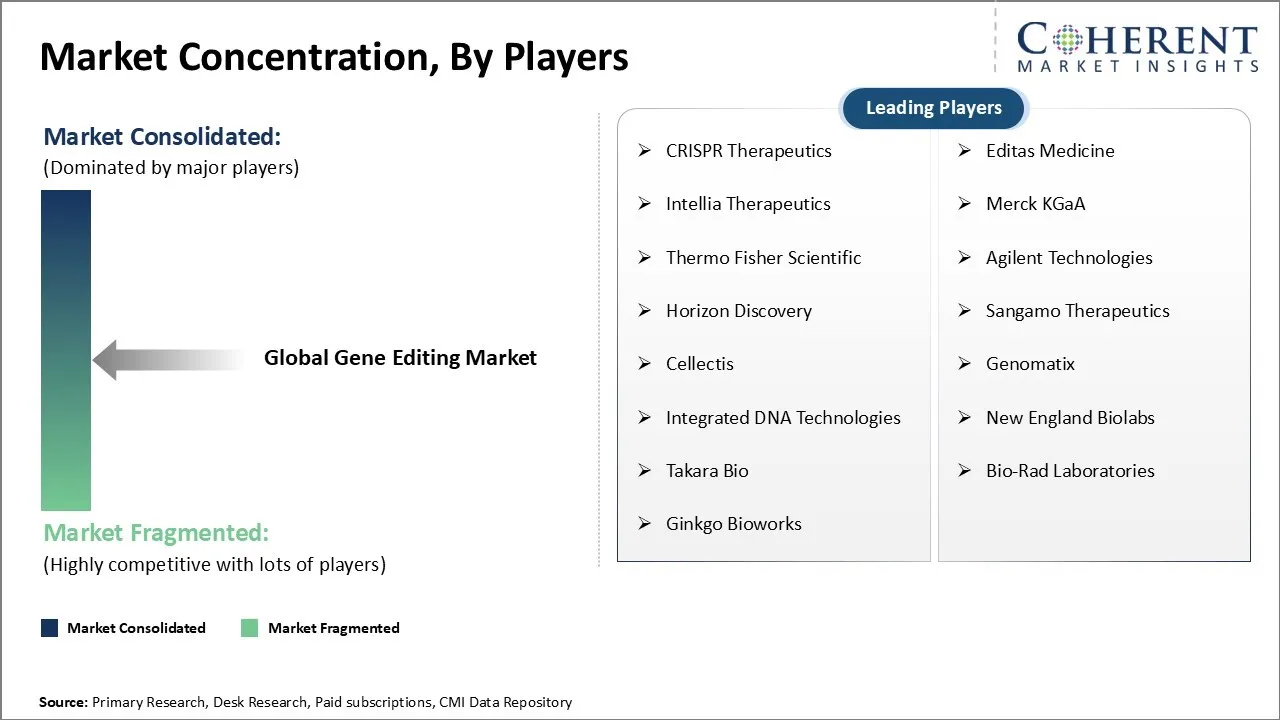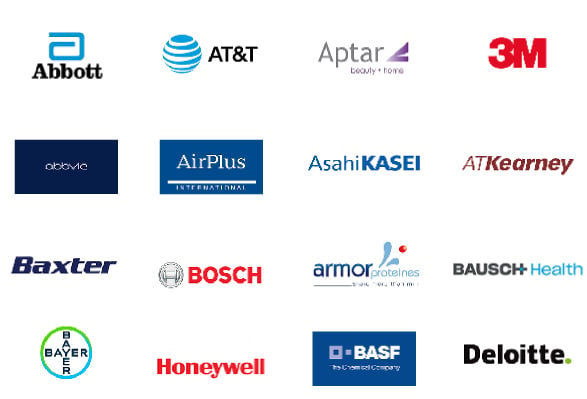The Global Gene Editing Market is estimated to be valued at USD 4.80 Bn in 2025 and is expected to reach USD 9.51 Bn by 2032, exhibiting a compound annual growth rate (CAGR) of 10.2% from 2025 to 2032.
Key Takeaways of the Gene Editing Market:
Market Overview:
The gene editing market is expected to witness high growth due to increasing investments from both private and public sectors. There is a rising focus on developing therapies for various genetic diseases along with their commercial applications in the biotechnology and agriculture industries worldwide. Advanced technologies, such as CRISPR/Cas9, have provided opportunities to manipulate DNA with high precision. Growing application areas such as genetic engineering in crops is another factor supporting the use of gene editing. However, strict regulations for their clinical usage could pose a challenge for market growth to some extent. If ongoing clinical trials demonstrate success and safety, it will help accelerate the product acceptance and commercialization of gene editing technologies.

To learn more about this report, Request sample copy
Top Strategies Followed by Global Gene Editing Market Players:
Emerging Startups - Gene Editing Industry Ecosystem
Key Developments:
Joining thousands of companies around the world committed to making the Excellent Business Solutions.
View All Our Clients